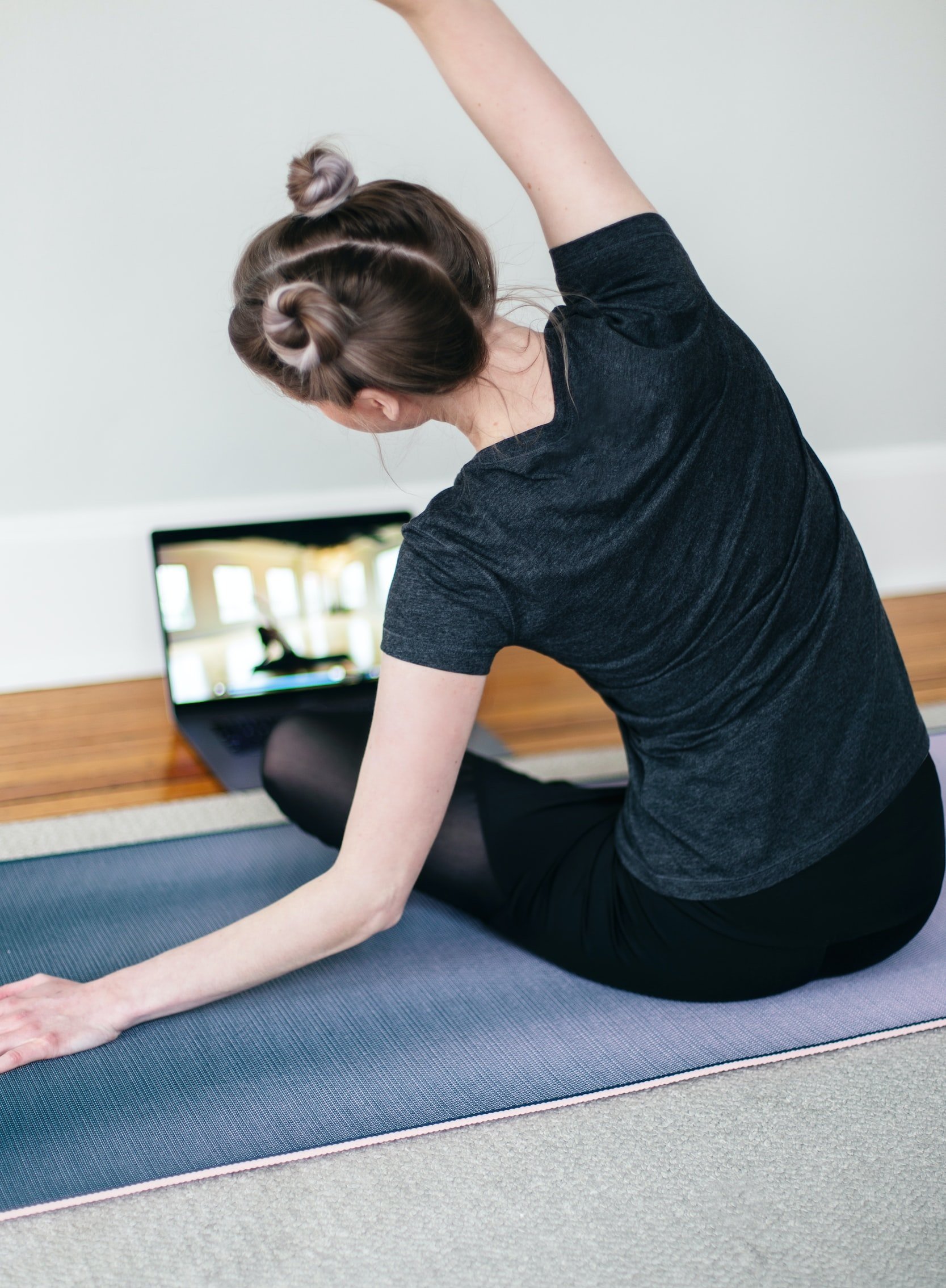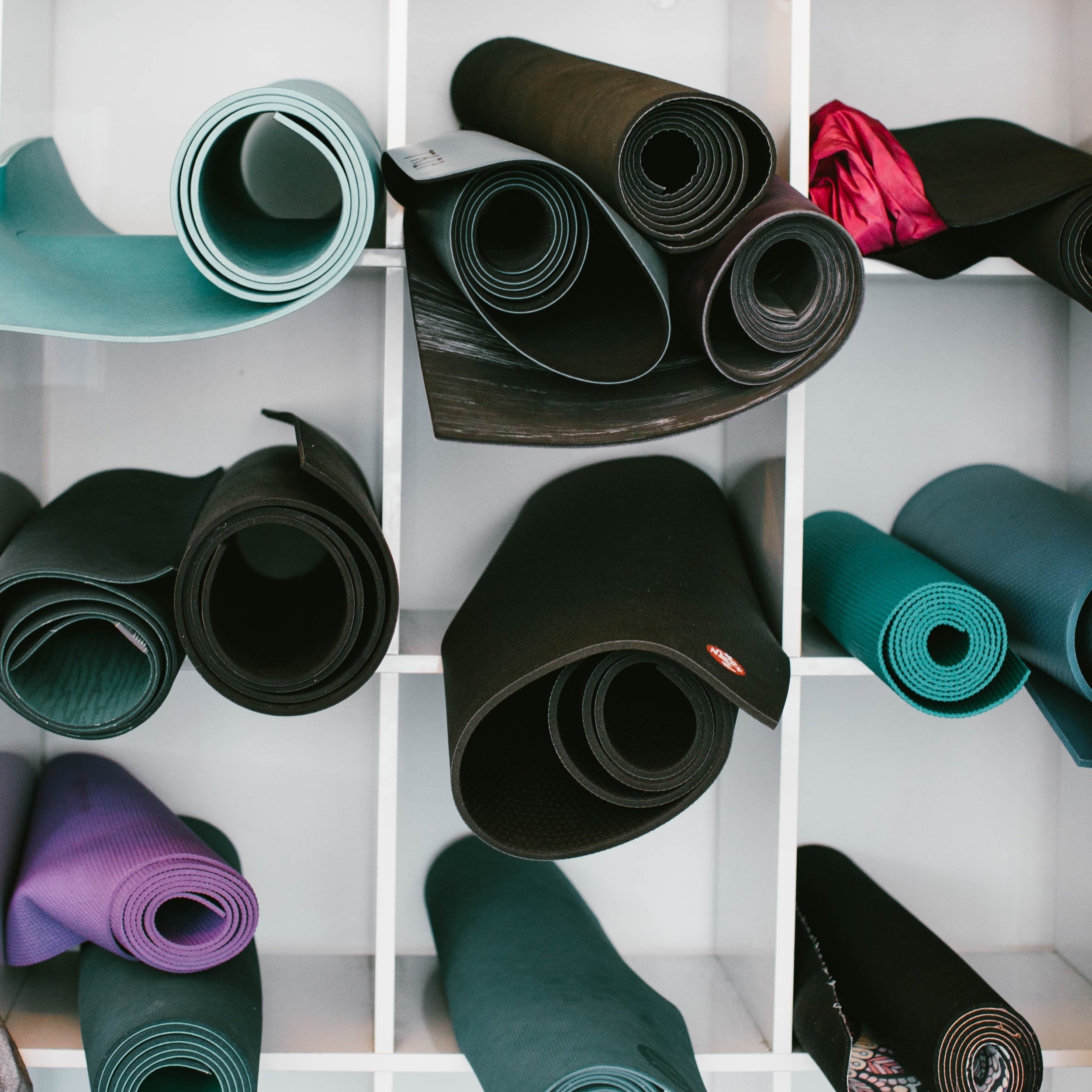How are Yoga Studios Surviving Post-pandemic?
The pandemic has impacted businesses worldwide, and the yoga industry is no exception. With social distancing norms and restrictions on mass gathering, yoga studios are struggling to survive post-pandemic.
Yoga practice is a vital necessity for keeping the body healthy and reducing stress levels amidst a global health crisis. However, with most studios closed or operating at limited capacity until recently, how are yoga studios continuing to operate? This blog will explore the ways in which yoga studios are adapting in a world where physical presence isn't always possible.
Rapid adaptation to virtual teaching methods
One thing that has helped yoga studios survive is their rapid adaptation to virtual teaching methods. This came out of nowhere, so fast, that Zoom servers began to slow down. When in-person classes came to a halt, yoga teachers were forced to quickly pivot to online platforms to continue spreading the benefits of yoga. While there may have been some challenges in terms of technology and adjusting to teaching in a virtual setting, studios that were able to make the transition have been able to keep their student base engaged and connected. Some students even said “Wow, I get to practice yoga from anywhere I go, now that classes are online!”. And in the bigger picture, yoga classes have been happening online for many years before the pandemic. Teachers like Bret Larkin and Yoga with Adrienne have been some of the successful ones that had a head start on this. In fact, some studios have even found that virtual classes allow them to reach more people beyond their local community. It's a testament to the adaptability of the yoga community and their commitment to making yoga accessible in any circumstance. At first it may have been a difficult adjustment, shifting from in-person experiences that are unparalleled to practicing in the comfort of our own home in front of a screen. Yet here we are, in the digital renaissance.
Struggles with financial viability during shutdowns
Despite the challenging times, yoga studios have exhibited remarkable resilience in facing the struggles with financial viability brought about by the pandemic. While the industry suffered significant losses due to mandated shutdowns, some yoga teachers and center owners found ways to adapt and survive. As highlighted in the previous section, many yoga studios shifted towards virtual teaching methods, outdoor offerings, and licensing agreements with neighboring businesses to stay afloat. Additionally, the importance of community support cannot be overstated, as clients rallied to help their favorite studios weather the storm. Although the future remains uncertain, studios are exploring alternative revenue streams, such as merchandise sales or teacher training programs, to diversify their income streams. Overall, despite the struggles faced by yoga studios during the pandemic, their adaptability, resilience, and commitment to the practice have given them hope for a bright future.
Shift towards outdoor yoga offerings
As yoga studios continue to adapt to the post-pandemic landscape, outdoor yoga offerings have become increasingly popular. In response to the need for physical distancing and fresh air, many have pivoted to hosting classes in local parks or green spaces, with some even getting creative and offering rooftop classes or partnering with nearby businesses to use their outdoor spaces. This shift towards outdoor offerings has not only allowed for safer yoga practices but has also created an opportunity for students to connect with nature and embrace a renewed sense of community. While the pandemic has presented many challenges for the yoga industry, this shift towards outdoor offerings offers a glimmer of hope for studios looking to stay afloat in the new normal. Needless to say, we are lucky to live in a city like Vancouver where our outdoor yoga community is strong, even when it might look like rain is coming!
Collaboration with neighboring businesses for licensing agreements
Yoga studios have been creatively finding ways to stay afloat, including collaborating with neighboring businesses for licensing agreements. This innovative approach allows businesses to share costs and decrease financial burdens during a time of decreased revenue. In 2020, Karma Teachers trademarked with the intent of licensing out its name with partners who are passionate and share the vision principles, to collaborate and co-create an agreement that serves the public and underprivileged communities. For example, a pre-existing yoga studio could collaborate with Karma Teachers, and offer free or by donation yoga classes during time slots when the studio doesn’t have paid offerings. This not only benefits the businesses financially, but also creates a sense of community and fosters camaraderie between neighbors. It also creates interest in the clients on your email list that do not open sales emails, and retains their loyalty as a subscriber. These partnerships may continue post-pandemic, as businesses see the benefits of working together and supporting each other's endeavors.
Pre-existing tensions between yoga teachers and center owners exacerbated
While the last 3 years has forced yoga studios to adapt and find new ways of operating, it has also magnified pre-existing tensions between yoga teachers and center owners. Before the pandemic, there was often a struggle for student loyalty between teachers and the center, with teachers often feeling undervalued and underpaid. The pandemic has only aggravated these tensions, with the closure of physical studios causing financial strain on both sides. However, as mentioned previously, there is hope for collaboration and compromise, with the studios exploring revenue streams and finding ways to share profits with their teachers. Despite the challenges, the resilience and adaptability of the yoga community give reason for optimism, as the industry looks towards a post-pandemic future with renewed creativity and a sense of community.
Lower capacity and increased safety measures in studio spaces
New safety guidelines and social distancing protocols in order to remain operational has led to lower capacity and increased safety measures in studio spaces, such as the use of plexiglass barriers and frequent sanitization. While this may initially seem daunting, it provides an opportunity for studios to prioritize the health and well-being of their clients and staff. Additionally, the shift towards smaller class sizes allows for a more personalized experience and deeper connection with the teacher. With the support of their community and the willingness to adapt, yoga studios can embrace these changes with a sense of optimism and dedication to providing a welcome and transformative practice for all.
Importance of community support for struggling studios
Community support has emerged as a lifeline for many struggling businesses, and with the fall of our community, it was evident to give this the attention it deserves moving forward. Not just in ours, but in other studios it declined and dispersed as well. With more and more people leaning on yoga to move through the new changes in the world, many have rallied behind their local yoga studios with donations, class purchases, and social media support. This outpouring of support has helped some studios, but not all, weather the storm of shutdowns and cancellations. Additionally, yoga studio owners and teachers have shifted their focus towards building strong relationships with their communities. Unfortunately for Karma Teachers, not only suffered the effects of the pandemic, but also a large collapse of community due to management. With the continued support of dedicated yoga students and enthusiasts, these businesses can not only survive but potentially thrive in the post-pandemic economy which is what we are experiencing at Karma Teachers since December 2021.
Uncertainty about long-term viability of yoga studios in post-pandemic economy
While yoga studios have been adapting to the challenges brought on by the pandemic, there remains uncertainty about their long-term viability in a post-pandemic economy. The decrease in demand for in-person classes, the potential for continued social distancing measures, and financial struggles faced by many studios have left owners and teachers alike wondering what the future holds. However, there are optimistic signs as well. Additionally, community support has been invaluable for struggling studios, and collaborations with neighboring businesses seem to be the best way to go. The shift towards outdoor yoga offerings has also been a positive development. While there are challenges ahead, the yoga community remains resilient and committed to adapting to the changing times, ensuring its continued presence in communities as a source of health, wellness, and connection.
Increase in teacher layoffs and unemployment
Despite the challenges of the pandemic, yoga studios are showing resilience and adaptability in the face of hardship. However, one major consequence of the pandemic has been the increase in teacher layoffs and unemployment. This has been a difficult time for yoga instructors, who have had to navigate sudden and unexpected job loss. Try and find a teacher that has remained a full time yoga instructor throughout the pandemic and doubled down on their commitment to their career. These are teachers that faced a massive challenge and did not give up. The learning curve to adapt and take on an unknowingly set of circumstances in order to stay true as a teacher and their career is admirable and should be recognized. And so, there is hope for the future of yoga studios.
Exploration of alternative revenue streams, such as merchandise sales or teacher training programs
Yoga studios have been forced to think outside the box when it comes to generating income post-pandemic. One solution that many have turned to is exploring alternative revenue streams, such as merchandise sales or offering teacher training programs. By selling their own branded merchandise, studios can not only make a profit but also strengthen their brand identity. Additionally, offering teacher training programs can bring in new revenue while also improving the quality of instruction within the studio. As the industry continues to face uncertainty, it's crucial for yoga businesses to find creative ways to adapt and thrive.
And Finally
As the yoga industry navigates the challenges of the pandemic, it's clear that adaptability and resilience are key factors in ensuring the continued presence of yoga in our communities. While there is still uncertainty about the future, there are signs of hope as studios explore alternative revenue streams and find new ways to keep services accessible. The increase in teacher layoffs and unemployment has been a difficult consequence undoubtedly, but the commitment and determination of those who remain full-time yoga instructors is seriously inspiring. The shift towards outdoor yoga offerings and collaborations with neighboring businesses have also been positive developments. As we look to the future, it's important for the yoga community to continue to support one another and find creative ways to adapt and thrive. With this mindset, we can ensure that yoga remains a source of health, wellness, and connection for years to come.
See you on the mat!
Additional yoga teacher trainings, courses & workshops we have offered include:
300 Hour Yoga Teacher Training / Yin Yoga / Yamas & Niyamas / Ayurveda Vancouver / Kids Yoga / Yoga Nidra / Art of Assisting / Mantra & Vedic Stories / Chair Yoga / Biotensegrity / Advanced Philosophy & Pranayama / Restorative Yoga





